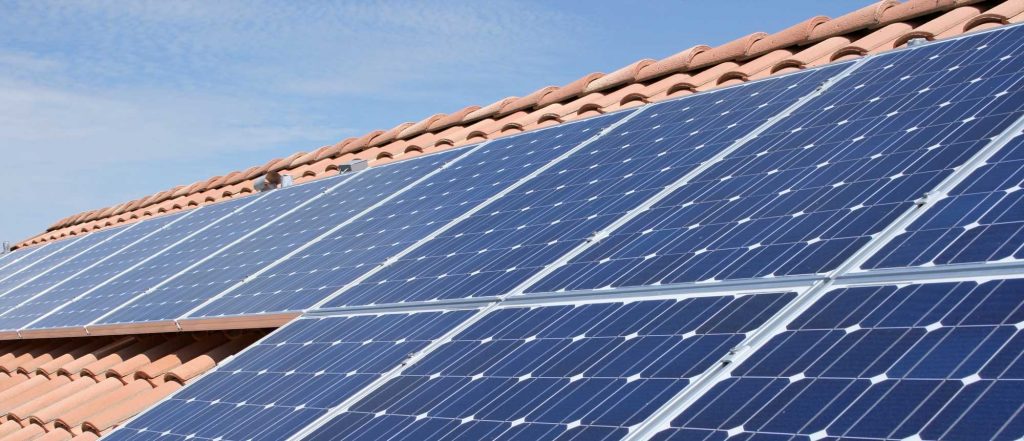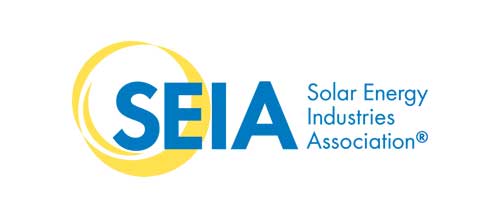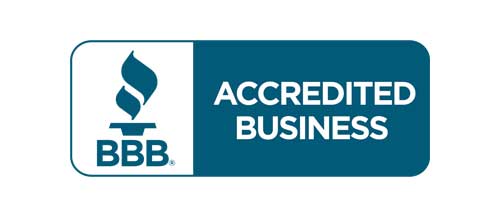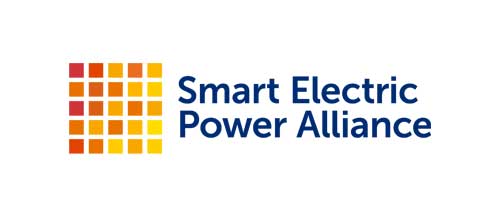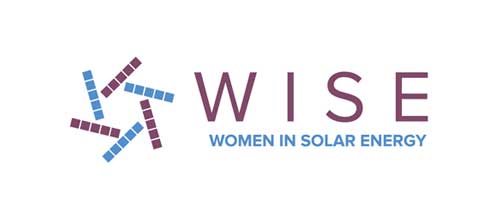Yes, I said explosion! The number of residential solar sales have sky-rocketed over the last decade and a half. Each year the sales of solar systems have increased. According to the Solar Energy Industry Association (“SEIA”), the residential solar market grew to 2.8 GWdc installed, a 15% increase from 2018 to 2019. This year, SEIA is predicting the industry will grow again.
The overall solar industry has installed enough solar to power over 15 million homes.


According to the Solar Foundation National Solar Jobs Census 2019, Solar Jobs have doubled from 2012-2019. In the fall of 2019, there were 250,000 people working in the solar industry.

The question is why. What has led to the growth in the solar industry? What opened the door to the massive growth we’ve seen?
Is It Price? Yes, But That’s Not the Whole Story
It’s easy to understand why most people would believe lower prices have been the major driver behind the solar industry. This is because the majority of people choose solar for economic reasons, either long-term savings or simply a lower cost of energy. Long term savings and lower costs of energy come about if the cost of solar is low enough. In other words, the cost of attaining solar must be lower than the cost of buying energy from a utility company. The price of solar has dropped significantly over the last years, which seems to align with the growth of the industry.

Understanding that most people only go solar if the cost/price is low enough, could lead to the belief that the dropping price in solar has been the main door opener for the solar industry. However, that is incorrect. It is incorrect because there was a different root factor that actually led to the drop in price in the first place. Something else opened the door… Finance! Or in other words, having a new source of capital to pay for the upfront costs.
The Power of Finance
It is generally understood that the lower prices meant more and more people have been able to go solar. However, the original enabling factor or root cause was financing. Access to funds that paid for the upfront costs of installation opened the door to solar. Prior to 2006, the price of solar was stagnant, around $8 per watt, even as people became more aware of its benefits. Even though demand was growing, the economic gates were closed. Most people simply could not come up with the upfront funds.
For the gate to be opened, a financing vehicle was needed. In 2006 SunEdison and Renewable Ventures pioneered the Power Purchase Agreement (“PPA”). The PPA was used in concert with another financing mechanism, the Investment Tax Credit (which provided a 26% tax credit for installed solar).
The PPA enabled people to have solar installed on their homes with no upfront cost. Homeowners could simply pay for the energy that came from the system. Without the upfront cost as a barrier, homeowners were able to move forward.
We can see the effects on both installations and pricing as more and more solar installers and homeowners utilized the PPA. By 2009, Sunrun, SolarCity (now Tesla), and a few others had taken off using PPAs and another form of financing, the SolarLease. It’s easy to see the inflection points.

The Joy of Ownership
By 2014, most residential solar systems were installed using Leases or PPAs (72%), Sr. Solar Analyst Nicole Litvak, author of U.S. Residential Solar Financing 2015-2020 . There was only one problem, the homeowners using PPAs and Leases did not own the systems. The systems were owned by the solar companies. PPAs and Leases are otherwise known at Third-Party Owned (“TPO”) systems. Having a TPO system is essentially like renting a solar system.
Luckily, companies like Dividend Solar Finance provided innovation and created solar loans. These loans are specifically made for homeowners buying solar. They include provisions that allow homeowners to take advantage of the ITC and keep their payments low (often lower than their previous utility bill).
In 2018, solar loans became the dominate financing mechanism (according to Allison Mond in Wood Mackenzie’s 2019 US Residential Solar Finance Update). In addition to the benefits of owning a solar system, most homeowners simply prefer to own vs rent.


Another Door Opened
The introduction of solar loans also opened doors that had previously been shut. In Florida, the Sunshine State, the residential solar industry was drastically lagged behind the other states, until 2016/2017. The industries in states like Maryland and New Jersey were miles ahead of Florida when it came to the number of installs.
Unfortunately, Floridian’s did not have access to the same financing products (PPAs and Leases) that other states’ residents had. PPAs were and are against Florida regulations. And leases were not economically feasible for leasing firms because there was a strong potential for heavy additional taxes to be levied on the solar systems via Tangible Personal Property Taxes – a road block that has since been removed.
Once solar loans started becoming available in Florida (2016/2017) the solar market took off! The residential solar market here in Florida has tripled since the introduction of solar loans. According to SEIA’s Market Insight Reports, quarterly installations have improved from 15.4 MW (Q1 – 2017) to 54.4 MW (Q4 – 2019).
Remember, pricing was already fairly low and was working in many similar markets. But it was widely available financing that opened the door in Florida.

Conclusion
Although lower pricing, the ITC, and growing awareness/demand have had a huge impact on the growth of solar, solar financing has really been the key. Solar financing was able to unlock the floodgates. And now millions of homeowners are able to power their homes with clean energy, while keeping their total energy bills low.

Interested in learning more about partnering with Dividend Finance?

Written by Ben Millar
Account Director
t: (415) 805-7000 ext. 193
e: [email protected]
